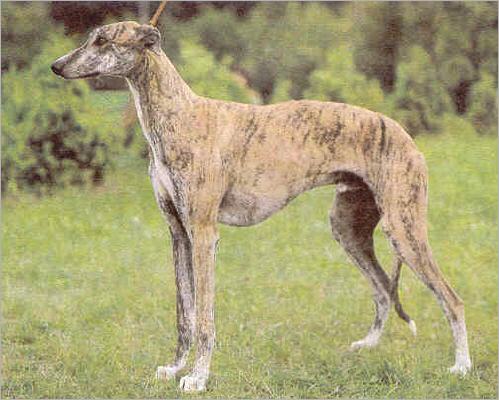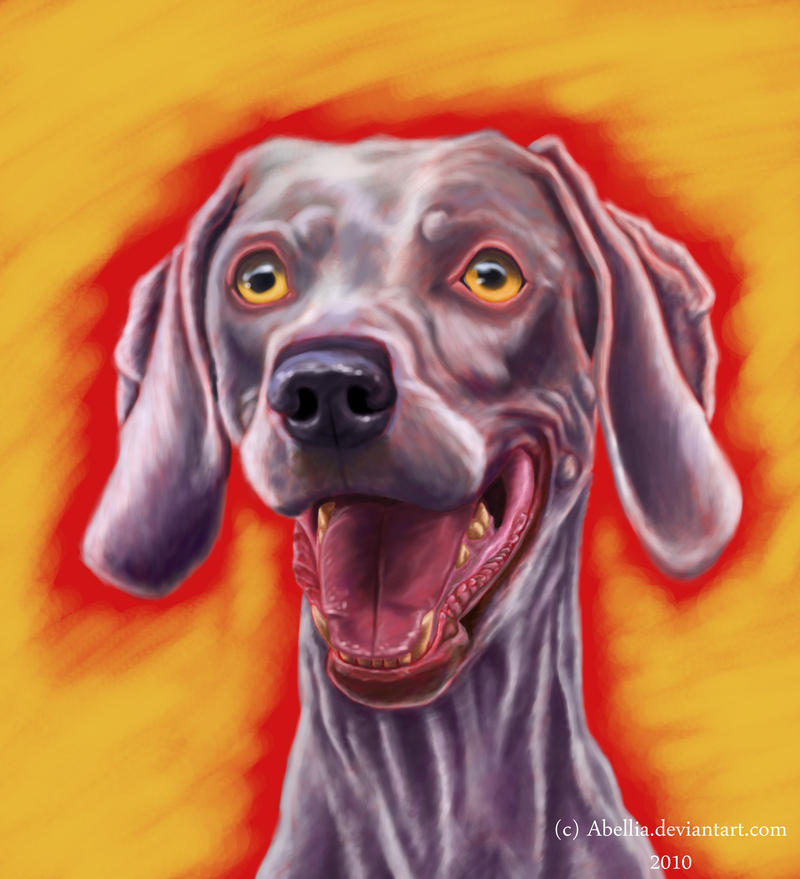If you're a new artist, or just want to find some fun new tools or programs to work with, check out my traditional art supply and digital art program recommendations. So, let's get started!
How to Draw Dogs Pt. 2: Face and Bodies
Art Type: Traditional or Digital
I'm Using: MyPaint and an Intuos 4
In this last part of this dog drawing tutorial, I'm going to give you something to put those paws, eyes, and noses on. Just as those details vary in shape, so do dog faces and bodies, but to an even greater extent. Let's start with their faces.
Just as I suggested you study the anatomy behind the dog's paw, I suggest you also study the anatomy of the dog's head. Drawing skulls isn't a morbid activity at all. I find it to be extremely helpful. While I'm limited to photos I find online, you can always buy a fake or real skull that you can turn to draw from all conceivable angles. Let's take a look at some dog faces I drew from photos, keeping in mind the underlying structure.
Something you'll probably notice right away is how varied the faces are. Some dogs have pointier faces, some have rounded faces, and other's faces are more square. Also, some have long muzzles, some have short muzzles, and some have practically no muzzle. Long nosed dogs (like the Greyhound) have what is called dolichocephalic skulls. Medium length muzzles (like those on the Pointer) are called mesocephalic. Compressed muzzles (like the muzzle of a Boxer) are called brachycephalic, and really compressed muzzles (like on a Pug) are called extreme brachycephalic. The terms don't really matter, what matters is how these skull shapes make dogs look different.
Dogs also have very different looking body shapes. And by different, I don't mean just the obvious difference between a Labrador and a Dachshund (though the positioning of Dachshund's legs is very interesting). I'm talking about the more subtle differences as well. Look at these dogs I blocked out and notice some interesting things: #1- Some dogs, like Greyhounds, have deeper chests. This has to do with running and endurance. #2- Some dogs have broader chests. Some breeds, like Bulldogs, are naturally barrel-chested, while some breeders breed dogs like that to make them look tougher. #3- Some dogs have thicker limbs, while other dogs are skinnier. #4- Some dogs are longer than they are tall (the Dachshund isn't the only one, another example is the Cesky Terrier).
Greyhound
Cesky Terrier
By paying attention to all of this, you will be able to replicate dog photos better, and design more interesting dog characters. That's what I think is so great about dogs: they are all so different. You could even play on the differences in their temperaments. Dogs vary from sweet, laid-back, aloof, protective, selfish, etc. Ask any dog owner, and they will give you a list of human-sounding traits that they (probably very accurately) attribute to their dog. Incorporating some personality traits like those into your work will help make your dog art come alive and make you stand out from all the other pet portraitists and dog artists out there.
Reccomended Reading: The New Encyclopedia of the Dog is the reference I've used for all the drawings I made for this two-part tutorial. It's not a drawing book, but it's my go-to reference for all things dog. But you're probably wondering, can't I just Google dogs and get my references and discover fun breeds? Well, you can. But I find that when I Google I tend to get distracted, especially by cute puppy pictures. With this book I can get right to work, and don't have to search around trying to find a proper face angle reference. On top of that, it's easy to flip through it to find interesting new breeds. Lots of people draw Huskies. But how many draw Peruvian Inca Orchid dogs? This book can help you become a more unique dog artist.
is the reference I've used for all the drawings I made for this two-part tutorial. It's not a drawing book, but it's my go-to reference for all things dog. But you're probably wondering, can't I just Google dogs and get my references and discover fun breeds? Well, you can. But I find that when I Google I tend to get distracted, especially by cute puppy pictures. With this book I can get right to work, and don't have to search around trying to find a proper face angle reference. On top of that, it's easy to flip through it to find interesting new breeds. Lots of people draw Huskies. But how many draw Peruvian Inca Orchid dogs? This book can help you become a more unique dog artist.
A good example of lively dog art, from my old deviantART account
In my next post I'm going to list some good dog drawing tutorials that I've found throughout my searches of the Internet. They may go more in depth into some of the things I covered here.
Until next time!







No comments :
Post a Comment